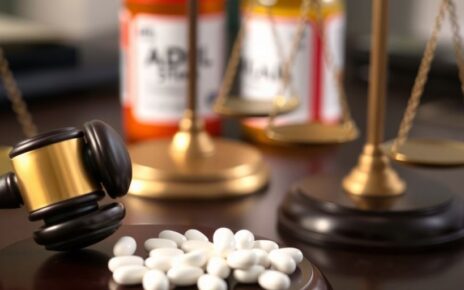A study recently published by The Journal of Thoracic and Cardiovascular Surgery offers a glimmer of hope to parents of young patients suffering from a congenital heart defect that causes hypoplastic left heart syndrome (HLHS). The study shows that a specific kind of stem cell treatment for the condition is both safe and feasible.
Science has long known the power of stem cells to differentiate into various kinds of tissue. Over the years, researchers have been looking at ways to harness this power to correct all sorts of congenital defects. This latest breakthrough could eventually lead to a viable treatment for HLHS, a treatment that could allow kids affected by the condition to grow up to lead normal lives.
Obviously, there is still a long way to go before a treatment reaches the market. But just knowing that stem cells could be the key offers hope.
Cells from Umbilical Cord Blood
Researchers at the Mayo Clinic decided to attack HLHS from a different angle. Rather than relying exclusively on traditional methods, they wanted to see if they could come up with a way to encourage a patient’s heart to repair itself. Their study was based on knowledge that the heart of a three-month-old baby maintains a level of proliferative capacity that fades with age.
The researchers utilized autologous umbilical cord blood to get the stem cells they needed. Autologous stem cells are stem cells donated by the patient being treated, explains the Utah-based Advanced Regenerative Medicine Institute. That means doctors were aware of the congenital heart failure at birth and immediately harvested cord blood at the time.
Stem cells extracted from the cord blood were treated in the lab. They were introduced directly into the myocardium during the second of three surgical procedures designed to correct the defect. Researchers acknowledge that the stem cells do not go on to form new heart tissue. Rather, they act as a “fertilizer” that leads to greater cell proliferation and a healthier heart.
Study Results
So, how did the study turn out? Well, the researchers worked with 10 patients between 2013 and 2018. Each of them received the stem cell procedure immediately following the completion of the second of three surgeries, just prior to closing the chest.
None of the patients experienced operative mortality. None showed evidence of arrhythmia, myocardial ischemia, or any of the other typical complications researches looked for. Among all of the adverse events that occurred following the surgery, none were directly related to the stem cell therapy or the injection of cells into the myocardium.
Safety First
It should be noted that the intent of this first study was to look at the safety and feasibility of stem cell injections to treat HLHS. As such, researchers did not reveal a whole lot of data about efficacy. That is the goal of their next study, which is already under way. Safety first; efficacy after that.
Hopefully the phase 2 study will demonstrate that the procedure does improve proliferation as a young heart grows. Assuming it does, treating HLHS as early as possible might be the key to getting a handle on this condition once and for all.
According to the researchers, adult tissue doesn’t respond as well to stem cell injections because the proliferation capacity just isn’t as robust. This reality explains why healing gets so much harder the older one gets. Still, finding success in the phase 2 studies might lead to breakthroughs that would make it possible to develop stem cell treatments for adult heart patients. We will have to wait and see.




